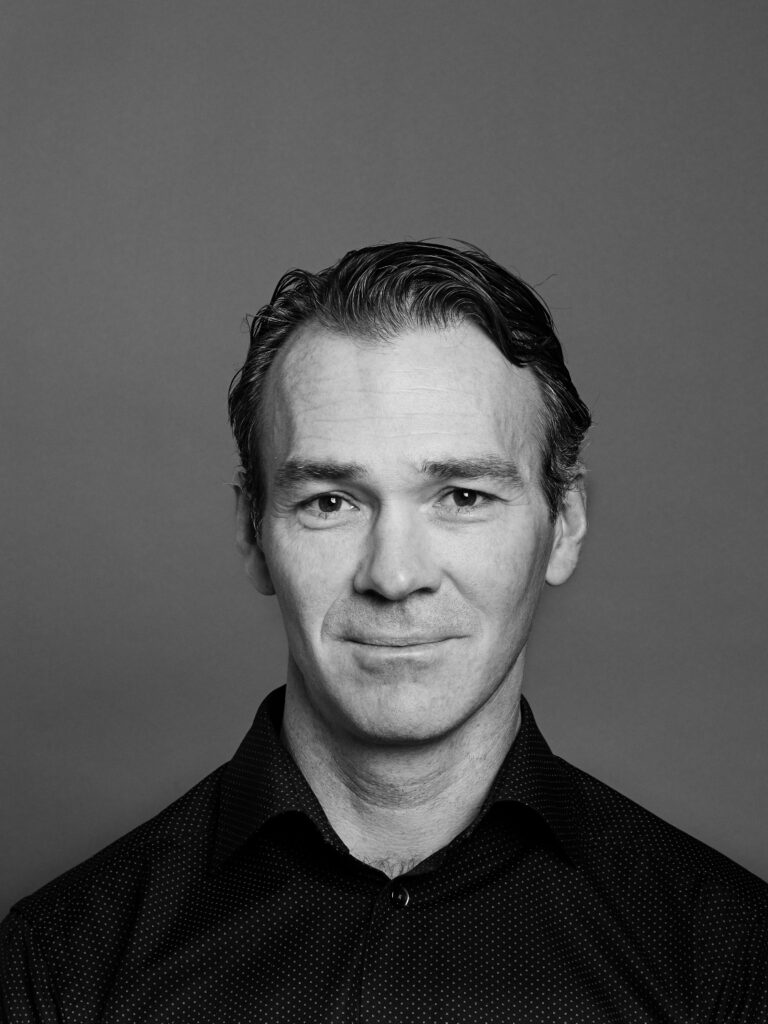What career did you want when you were growing up?
I always found the mystical side of car development fascinating, getting to know how the engineering secrets within different areas build the whole car experience. The most complex areas were design, chassis and powertrain – this is truly where the soul of a car lives. You cannot change any of these without significantly changing the perception of a car. So how were the decisions of what character to give to a car taken, and by what means do you influence which characteristic? As I got older this meant I could try alterations firsthand, with my own cars, so understanding how to reach these secret decision rooms became clearer.
But at that time my dreams were quite humble: I would have been happy with the fly-on-the-wall approach just to learn.
What was your career path to get to where you are now?
It’s strange to retrospectively realize the power of dreams. I have worked with suspension and driveline development for Saab and Alfa Romeo, diesel engines, design and HMI at BMW, and was project lead for the majority of my work experience at Volvo Cars.
I’ve always really enjoyed ‘decoding’ the fundamentals and exploring where the magic happens. It took a while until I was willing to abandon the power of creating a supposedly better solution myself in CAD rather than trying to convince someone else verbally. It has always been a conflict of digging deeper into an area versus curiosity for another.
This behavior has allowed me to develop a lot of expertise in key areas, which now serves me very well. Unfortunately, I can however not really claim it was all part of a grand plan, more a matter of catching opportunities with successful timing.
If you had to choose one career highlight, what would it be?
What I am doing right now: shaping the next generation of emotional cars with a key emotional ingredient drastically changed – the driveline. What other key ingredients should we then better expose to changes, and which should remain only fine-tuned in this new world?
Our approach to convert the automotive industry to sustainable cars by simply being better than less sustainable alternatives is so much more fun than being pushed by legislation. Many others need to go electric – we want this!
What are the best and worst aspects of your job?
Nothing beats the satisfaction when pieces physically come together and development hurdles, joyful as they can be, become a tangible car that can be driven. Nothing is truly as frustrating as when great ideas get lost in the innovation-killing noise of administration and lack of time.
Please describe a typical day.
Normally a full agenda with meetings, quite often with a mix of super-urgent details and not-so-urgent matters that are important in the long run.
The pace [at which] new lessons are found and emerge in importance quite often breaks the pattern of a typical day. Efficiency gains in one area suddenly shed light on another area, which in turn opens potential in a third. It is a continuous balancing act between allocating resources for improvements for our next over-the-air update and even greater improvements that are on the horizon in the next a few years.
Do legislators help or hinder your work?
Legislators, by definition, add limitations, although these are mostly to help us stay clear of areas that you normally would not approach anyway. In the big picture, though, vehicle legislation is pushing our direction. Clean, silent, sustainable cars are the future.
What was your first car?
A blue metallic BMW 320i E21. My 1980, equipped with a Kamei body kit…
What do you drive now?
A Polestar 2 and this is my only car for now.
What would be your dream engine/powertrain to develop?
In terms of power output, driveability, NVH, response and efficiency, the dream motor is almost at hand, when combining the latest technologies from both permanent magnet and induction electric motors. But the heavy, large and in some aspects highly resource-demanding batteries still leave some room for dreams.
What do you think will power a typical family vehicle in 2040?
It’s hard to imagine anything else than that the propulsive component will be an electric motor, without any rare earth elements. The energy source is likely what we today define as a battery, although with much, much higher energy density than today’s cells.
Are there any other OEMs that you have particular engineering respect for?
BMW and Porsche have always delivered very talented engineering products, but sometimes the engineering disruptiveness of Tesla is very refreshing!
What is the biggest challenge for Polestar now?
Awareness. We are so proud when media and an increasing number of enthusiastic owners ‘get it’ and understand our approach and our cars, but we are still so small and unknown. If you like cars and you like driving cars, we’re likely to strike a chord – if you get the chance to drive a Polestar.


